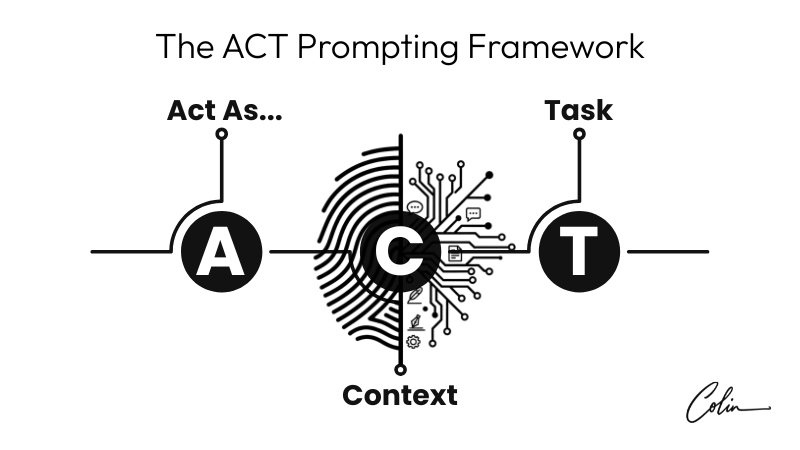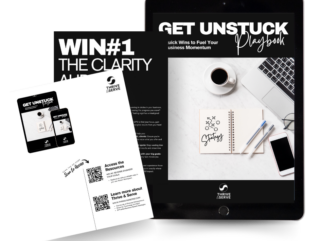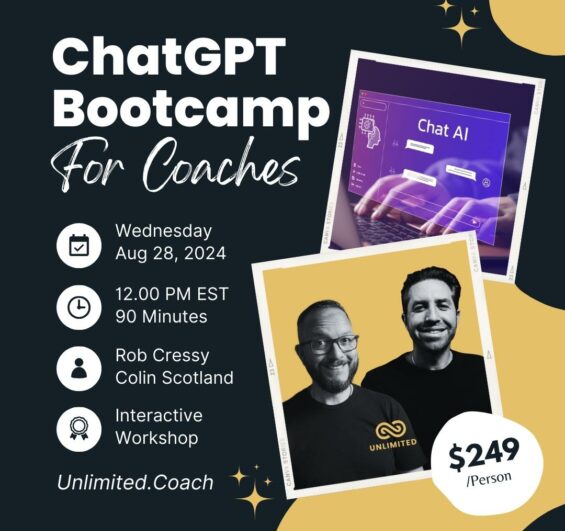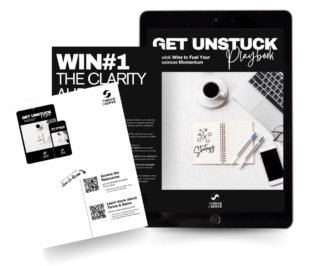"Most people are asking AI to be everything. I'm teaching you to ask it to be exactly what you need."
Colin Scotland
Get Better Answers From AI in Three Steps (Not Seven, Not Ten, Three)
You're about to learn the simplest, most effective prompting framework that exists. Not because I say so. Because it's the only one you'll actually remember and use tomorrow.
By the end of this article, you'll understand why "Act as..." is the most powerful phrase in AI, how to structure any prompt in under 30 seconds, and why most frameworks are designed to confuse you, not help you.
This works for beginners. This works for advanced users. This works because it's simple.
Let's go.
The Problem: Nobody Actually Uses The Frameworks They Learn
Here's what most prompt engineering frameworks look like:
CRISPE (Capacity, Role, Insight, Statement, Personality, Experiment) RISEN (Role, Instructions, Steps, End goal, Narrowing) RACE (Role, Action, Context, Expectation)
Seven steps. Five steps. Four steps with sub-bullets.
These frameworks aren't wrong. They're thorough. They're well-designed. They cover everything.
And nobody uses them.
You read them, nod along, think "that makes sense," bookmark the article, then go back to typing "write me a blog post about marketing" into ChatGPT and getting mediocre output.
Why? Because you can't remember seven steps when you're in flow. You can't execute a checklist every time you need to ask AI a question.
The gap between "knowing" a framework and "using" a framework is execution. And execution requires simplicity.
Complexity is the enemy of execution.
Simple wins. Memorable wins. Usable wins.
The Infinite Library Problem
Think of AI as an infinite library.
Every book that's ever been written exists on those shelves. Every expertise. Every perspective. Every style. Everything.
When you ask AI a question without giving it direction, it walks into that library and grabs a random book, hoping it's the right one.
Sometimes it works. Usually it doesn't.
"Write me a marketing email."
Which book does it grab? The academic marketing textbook? The direct response copywriting manual? The corporate communications handbook? The spam template from 2003?
It guesses. And you get generic, middle-of-the-road, sounds-like-AI output.
But when you say, "Act as a direct response copywriter who's written for Agora Financial..."
Now AI walks directly to the right shelf, pulls the exact book you need, and channels that expertise.
This is what AI researchers call "Mixture of Experts." The model has learned from thousands of different domains, styles, and perspectives. When you define the role, you're activating the specific expert pathway you need.
The "Act as..." instruction is the search query for the infinite library.
That's why it's step one. That's why it's non-negotiable. That's why ACT starts with A.
The ACT Framework: Three Steps, Simple
Here it is:
A - Act as
C - Context
T - Task
That's it.

A - Act as (The Role)
This is your power lever. This is where quality comes from.
Don't say: "Write me a product description."
Say: "Act as a conversion-focused e-commerce copywriter who specializes in luxury goods."
Don't say: "Help me with my business strategy."
Say: "Act as a seasoned CEO who's scaled three companies past $10M."
The more specific the role, the better the output. Not because you're being fancy. Because you're being precise.
Examples:
- Act as a behavioral psychologist who specializes in habit formation
- Act as a senior JavaScript developer who prioritizes clean, maintainable code
- Act as a kindergarten teacher explaining complex topics simply
- Act as a stoic philosopher advising on life decisions
- Act as a C-level executive coach who's worked with Fortune 500 leaders
Each role pulls different knowledge, different language, different approaches from that infinite library.
C - Context (The Why)
Context is your guardrails. It tells AI why you're asking and who this is for.
Without context, AI gives you generic. With context, AI gives you relevant.
"I'm preparing for a board presentation to secure Series A funding."
"This is for a cold email to prospects who've never heard of me."
"I'm teaching this concept to 10-year-olds."
"My audience is skeptical about AI and needs gentle introduction."
Context shapes tone, depth, angle, and approach. It's the difference between a response that lands and one that misses completely.
Examples:
- Context: I'm launching a new coaching program and need to differentiate from 47 other coaches saying the same thing
- Context: My client is overwhelmed by AI terminology and needs plain English explanations
- Context: This email goes to my warm list who trusts me but hasn't bought yet
- Context: I'm speaking to a room of corporate executives who think AI will replace them
T - Task (The What)
This is your specific, complete instruction. This is what you want AI to do.
Here's the key: everything about format, length, style, constraints goes in the task. Not as a separate step.
Don't overcomplicate this.
Bad: "Write a summary." (Then separately: "Make it three bullets.")
Good: "Write a 3-bullet summary in plain language, each bullet under 15 words."
Bad: "Draft an email."
Good: "Draft a 100-word email in a conversational tone that ends with a clear question, not a call to book."
The task is all-encompassing. It's the complete command.
Examples:
- Task: Write five Instagram captions under 150 characters that lead with curiosity, not answers
- Task: Create a table comparing these three approaches with columns for pros, cons, and best use cases
- Task: Draft a 200-word positioning statement that differentiates me from typical AI educators without mentioning "cutting-edge" or "revolutionary"
- Task: Rewrite this email to be 50% shorter while keeping the core message intact
How This Looks In Practice
Let's build one together.
Before ACT (What most people do): "Help me write a LinkedIn post about AI."
After ACT:
A: Act as a thought leader who writes viral LinkedIn posts with a contrarian edge
C: I'm positioning myself as the human-first voice in AI adoption, and my audience is entrepreneurs who are both curious and skeptical about AI
T: Write a 150-word LinkedIn post that challenges the "AI will replace you" narrative, opens with a one-sentence hook, and ends with a question that drives comments
See the difference?
One more:
Before: "Explain blockchain to me."
After:
A: Act as a patient teacher who explains technical concepts without jargon
C: I'm a complete beginner who's heard the word blockchain but doesn't understand what it actually does or why it matters
T: Explain blockchain in under 100 words using an analogy a 12-year-old would understand, then give me one real-world use case
The second version gets you usable output immediately. The first version gets you Wikipedia.
Why ACT Works (The Sticky Mnemonic)
The framework's name is also its first instruction.
ACT.
Act as.
You can't forget it. The moment you remember the name, you remember what to do first.
This isn't accidental. This is designed to be memorable, executable, and effective under pressure.
Three steps. Not seven. Not a checklist. Three words you can hold in your head while you're in flow.
That's the difference between a framework you learn and a framework you use.
Final Thoughts
Most prompt engineering frameworks are built for people who study prompting.
ACT is built for people who use AI to do actual work.
If you're coaching clients, writing content, building strategy, solving problems—you don't have time for seven-step checklists. You need something that works immediately and improves your output without slowing you down.
That's ACT.
Role. Context. Task.
The infinite library is waiting. Now you know how to ask for exactly the book you need.
Next Steps
Want to transform how you work with AI?
I've created a free guide called Think Better With AI that shows you how to use AI as your thinking partner—to spark ideas, deepen insights, and make decisions with clarity.
Inside, you'll learn how to:
- Fuel creativity by collaborating with AI to generate fresh ideas and solve challenges in new ways
- Gain clarity by exploring perspectives and spotting opportunities you might have missed
- Elevate decisions by making confident, values-driven choices with AI as your partner
Download Think Better With AI here
Use it. Share it. Let me know what shifts for you.




